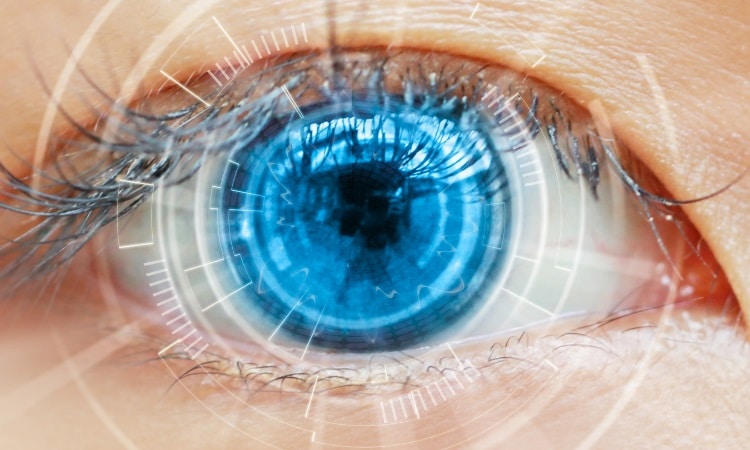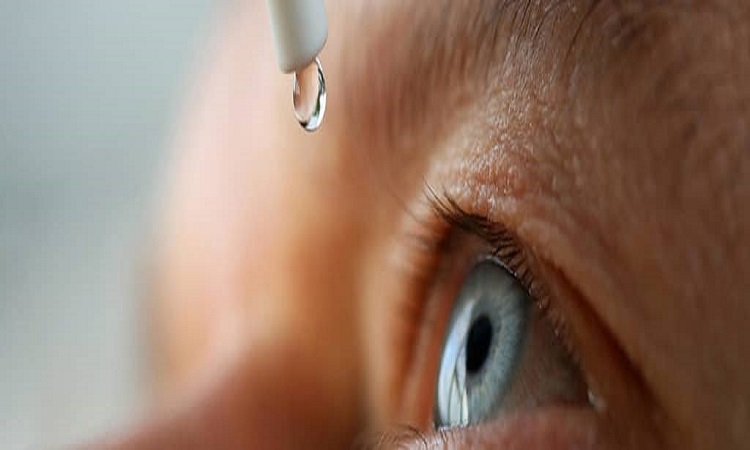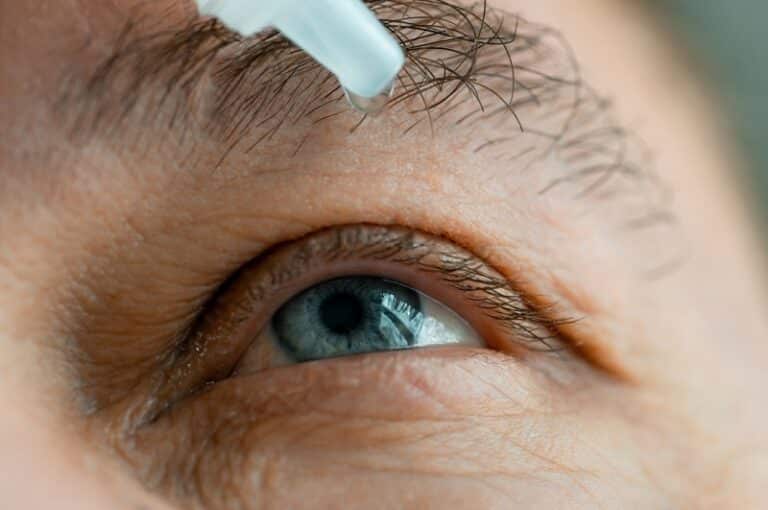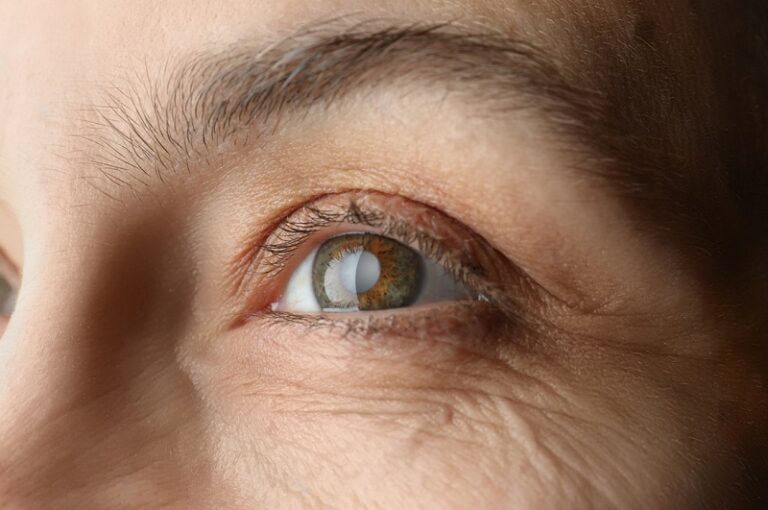What Causes Glaucoma?
Glaucoma causes loss of vision by damaging the optic nerve. In most cases, this damage happens slowly, and people may not realize it until they start to have vision loss. Find out more about glaucoma and how to treat it, so you know how to protect your eyesight.
What is Glaucoma?
Glaucoma is an eye disease that becomes more common with age. It usually results from increased pressure inside the eye and can occur for various reasons. You may not realize you have glaucoma until you have lost some of your central and peripheral vision. Fortunately, regular eye exams will let Dr. Alabata catch and treat your glaucoma with the best methods available.

*Individual results may vary
What Causes Glaucoma?
A large majority of cases of glaucoma result from increased pressure inside the eye that causes damage to the optic nerve. Increased intraocular pressure (IOP) typically causes the gradual deterioration of the optic nerve over time, but pressure can also increase rapidly and require immediate treatment in more unusual cases.
Risk factors that make glaucoma more likely include:
- Black heritage over the age of 40
- Others over the age of 60
- Medical conditions including diabetes and high blood pressure
- Eye injuries
- A family history of glaucoma
- A thin cornea
- Severe refractive error (nearsighted or farsighted)
Some of these causes cannot be avoided, but other risk factors can be managed with consistent eye exams and appropriate treatment if needed.
Request a Consultation
We’d love to help you get all the information you need in order to make the best choice for your eyes. Request a consultation today! Our staff is available and happy to answer your every question.
How to Treat Glaucoma
Alabata Eye Center offers several treatments for glaucoma so that Dr. Alabata can select the best one for your needs. While an eye drop or medication regimen makes up the front-line treatment for glaucoma, some people need a laser or surgical intervention. Glaucoma can be treated using these techniques:
Selective Laser Trabeculoplasty (SLT)
This treatment uses a cold laser beam to open the area where fluid should drain to reduce eye pressure. A cascade of changes triggered by the laser result in eliminating the blockage and a decrease in IOP.
YAG Peripheral Iridotomy
Certain types of glaucoma involving sudden pressure increases need special attention. After emergency procedures to stabilize IOP, a laser creates a small opening in the iris (the colored part of the eye), allowing fluid to drain out and reduce the pressure.
Minimally Invasive Glaucoma Surgery (MIGS)
These surgeries use microscopic devices to reduce mild to moderate IOP. This minimally invasive technique has increased in popularity over traditional glaucoma surgeries due to its lower risk and faster recovery times.
Aqueous Tube Shunt
If glaucoma does not respond to newer types of treatment, your surgeon may consider an aqueous tube shunt. Fluid drains through a small tube called a shunt inserted into the eye. The fluid collects in a cavity where it can be filtered away by the body.
Durysta™
This treatment works by placing a tiny implant containing the medication bimatoprost into the eye. The medication releases slowly over several months and may reduce the number of eye drops needed to maintain IOP.
Take the Next Step
To schedule your in-person glaucoma consultation, call Alabata Eye Center at (850) 331-3937. A referral is not necessary. We look forward to hearing from you!




